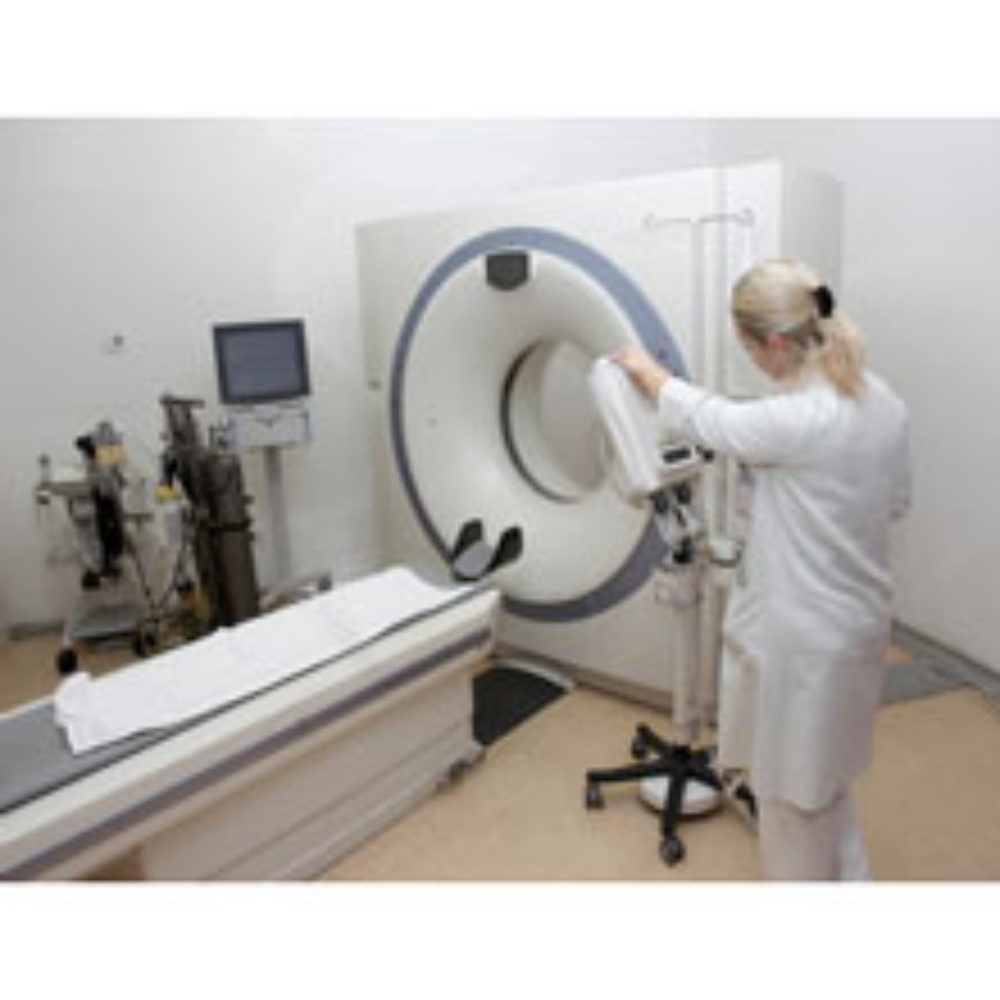Radiation Shield Recall Issued Due to Risk of Tungsten Particles

A radiation shield meant to protect the skin from overexposure during radiation treatment has been recalled because it can shed particles of tungsten that could become lodged in the patient’s body.
The Axxent Flexishield Mini was originally pulled from the market on February 3, but on April 13, the FDA classified its removal as a Class 1 medical device recall. The manufacturer, iCAD (formerly Xoft Inc.), says that the device was tested extensively and that the tungsten particles are not toxic and that the defect does not impair bodily functions or cause permanent damage to the body, but the Class 1 classification of the Axxent Flexishield Mini recall means that the FDA believes there’s a reasonable probability that the device can cause severe injury or death.
The Axxent Flexishield Mini is used during Intraoperative Radiation Therapy (IORT). It is placed over the skin and helps shape the radiation beam so that it only affects targeted areas and protects the rest of the skin from excess radiation exposure. It is a circular silicone rubber pad filled with tungsten particulate.

Did You Know?
Millions of Philips CPAP Machines Recalled
Philips DreamStation, CPAP and BiPAP machines sold in recent years may pose a risk of cancer, lung damage and other injuries.
Learn MoreReports indicate that the device can shed tungsten particles into the body. When used for IORT over breast tissue, the particles can be mistaken for breast calcifications. These calcifications could lead to a breast cancer medical misdiagnosis.
The recall affects six lots of the Axxent Flexishield Mini, Model F5300 with lot numbers 800218, 800239, 800240, 800321, 800334, and 800335. The pad is 12.7 cm in diameter and 0.1 cm thick. The affected devices were manufactured from September 11, 2009 through June 28, 2010. They were distributed nationwide from October 2009 through December 2010.
Health care professionals are urged to inform patients about the risk of post-operative tungsten particles in the breast, continue recommended imaging protocols, mammograms and breast MRIs for patients. They are also advised to perform serum and urine testing for tungsten every 12 months until a patient’s tungsten concentration approaches that of the general population, as reported by the Agency for Toxic Substances and Diseases Registry.
Adverse reactions or quality problems with the Axxent Flexishield Mini should be reported through the FDA MedWatch Safety Information and Adverse Event Reporting Program.
Get more articles like this sent directly to your inbox.
"*" indicates required fields





0 Comments